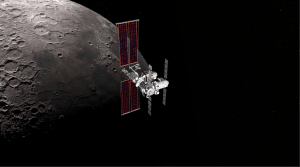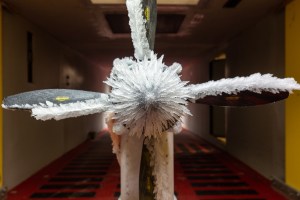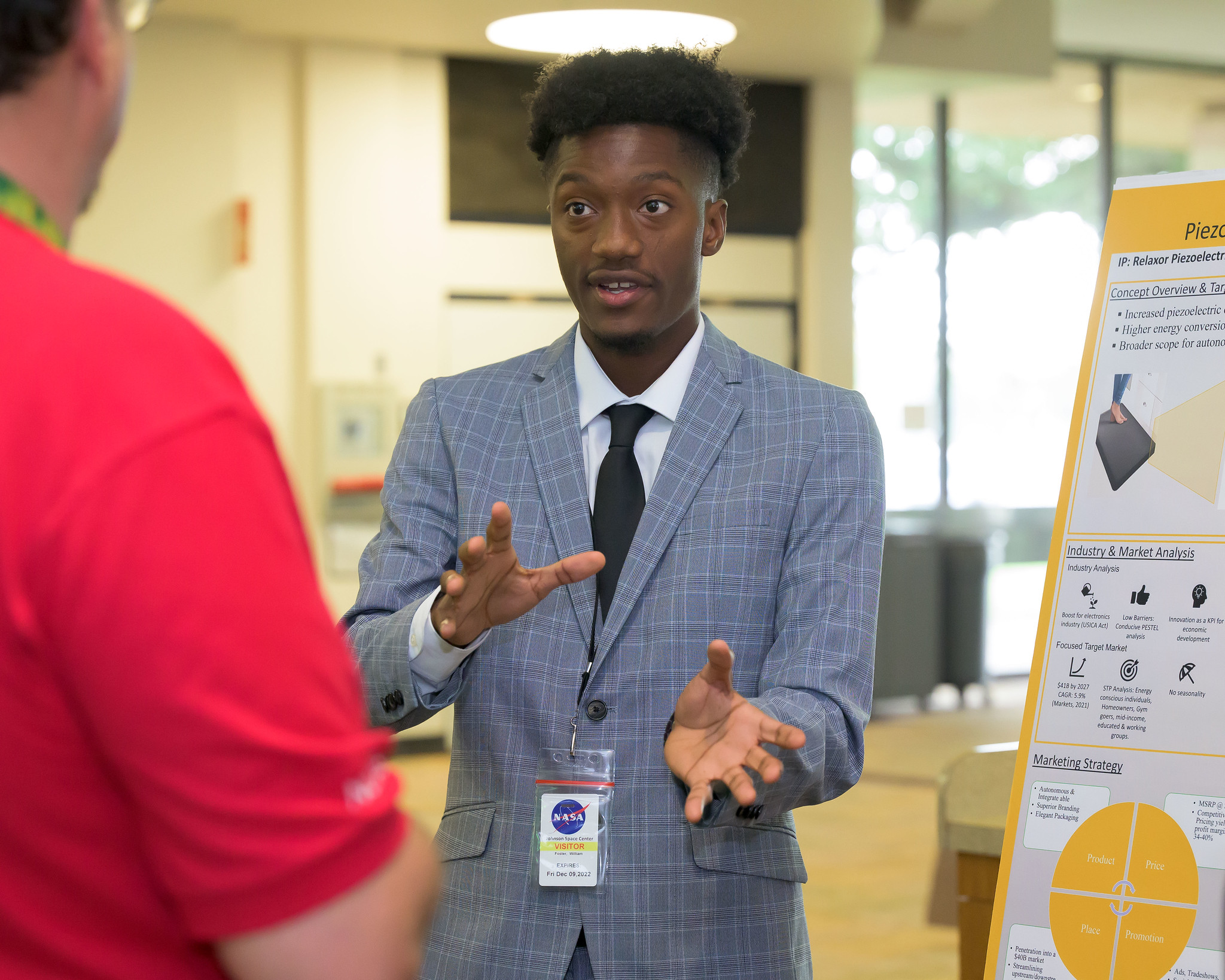NASA, GE Aerospace Advancing Hybrid-Electric Airliners with HyTEC
Hybrid-electric cars have been a staple of the road for many years now. Soon that same idea of a part-electric-, part-gas-powered engine may find its way into the skies propelling a future jet airliner. NASA is working in tandem with industry partner GE Aerospace on designing and building just such an engine, one that burns […]
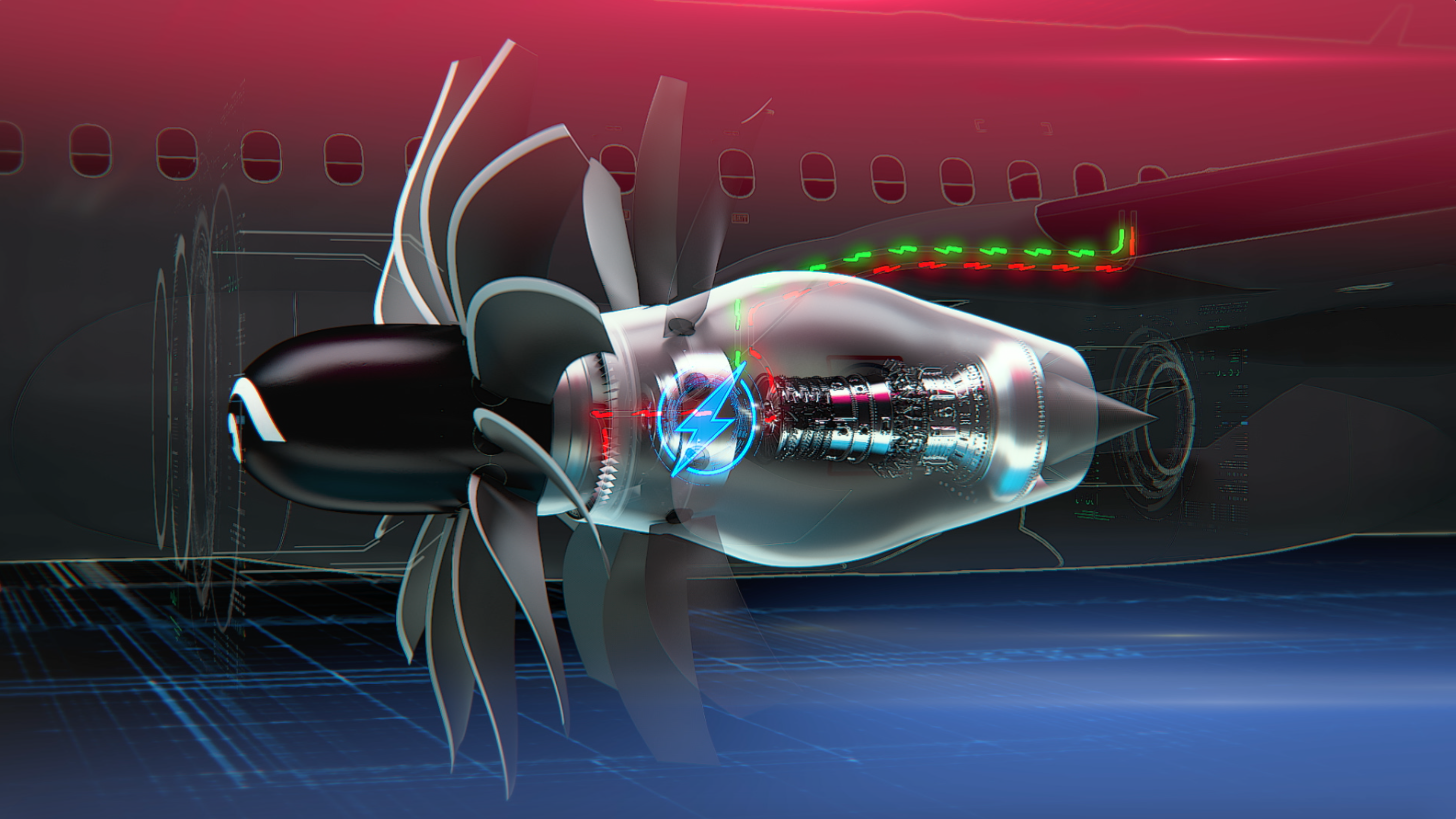
3 min read
Preparations for Next Moonwalk Simulations Underway (and Underwater)
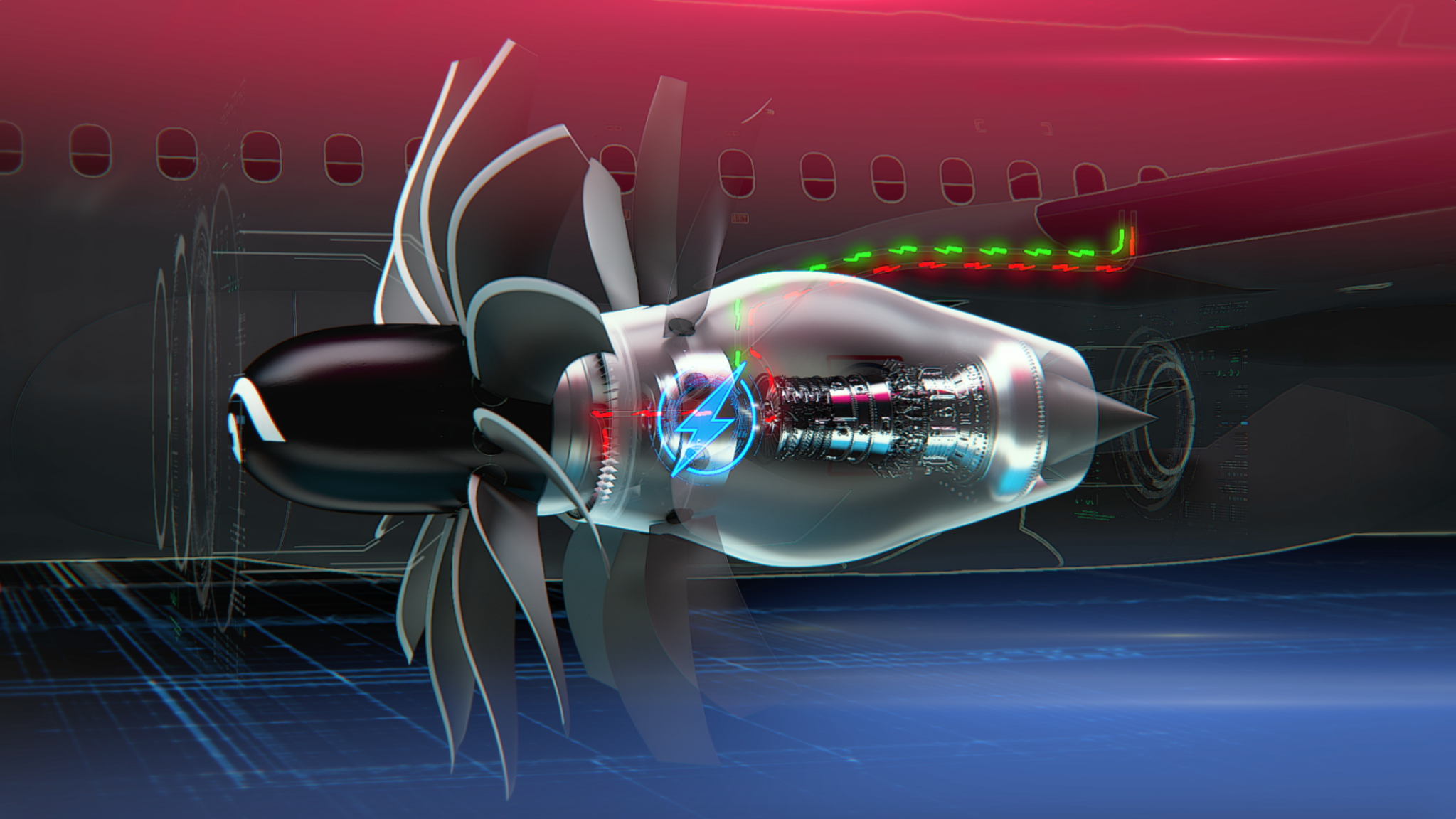
Hybrid-electric cars have been a staple of the road for many years now.
Soon that same idea of a part-electric-, part-gas-powered engine may find its way into the skies propelling a future jet airliner.
NASA is working in tandem with industry partner GE Aerospace on designing and building just such an engine, one that burns much less fuel by including new components to help electrically power the engine.
In this hybrid jet engine, a fuel-burning core powers the engine and is assisted by electric motors. The motors produce electric power, which is fed back into the engine itself—therefore reducing how much fuel is needed to power the engine in the first place.
It really opens the door for more sustainable aviation even beyond the 2030s.

Anthony nerone
NASA Project Manager
High Tech Hybrid-Electric
The work is happening as part of NASA’s Hybrid Thermally Efficient Core (HyTEC) project. This work intends to demonstrate this engine concept by the end of 2028 to enable its use on airliners as soon as the 2030s.
It represents a major step forward in jet engine technology.
This jet engine would be the first ever mild hybrid-electric jet engine. A “mild hybrid” engine can be powered partially by electrical machines operating both as motors and generators.
“This will be the first mild hybrid-electric engine and could lead to the first production engine for narrow-body airliners that’s hybrid electric,” said Anthony Nerone, who leads the HyTEC project from NASA’s Glenn Research Center in Cleveland. “It really opens the door for more sustainable aviation even beyond the 2030s.”
The hybrid-electric technology envisioned by NASA and GE Aerospace also could be powered by a new small jet engine core.
A major HyTEC project goal is to design and demonstrate a jet engine that has a smaller core but produces about the same amount of thrust as engines being flown today on single-aisle aircraft.
At the same time, the smaller core technology aims to reduce fuel burn and emissions by an estimated 5 to 10%.
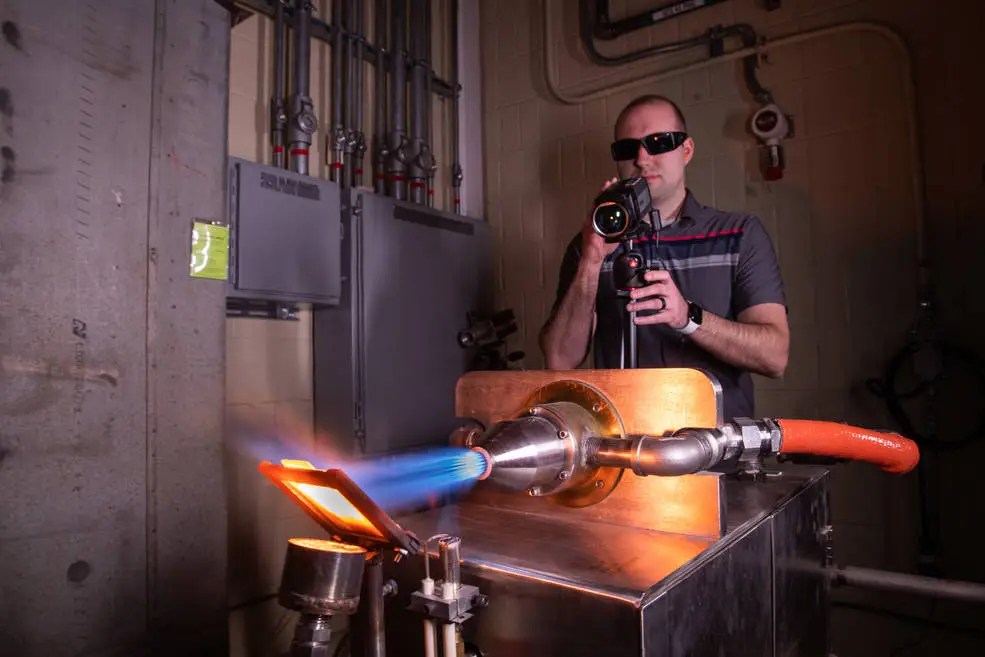
How Does It Work?
A GE Aerospace Passport engine is being modified with hybrid electric components for testing.
“Today’s jet engines are not really hybrid electric,” Nerone said. “They have generators powering things like lights, radios, TV screens, and that kind of stuff. But not anything that can power the engines.”
The challenge is figuring out the best times to use the electric motors.
“Later this year, we are doing some testing with GE Aerospace to research which phases of flight we can get the most fuel savings,” Nerone said.
Embedded electric motor-generators will optimize engine performance by creating a system that can work with or without energy storage like batteries. This could help accelerate the introduction of hybrid-electric technologies for commercial aviation prior to energy storage solutions being fully matured.
“Together with NASA, GE Aerospace is doing critical research and development that could help make hybrid-electric commercial flight possible,” said Arjan Hegeman, general manager of future of flight technologies at GE Aerospace.
The technologies related to HyTEC are among those GE Aerospace is working to mature and advance under CFM International’s Revolutionary Innovation for Sustainable Engines (RISE) program. CFM is a joint venture between GE Aerospace and Safran Aircraft Engines. CFM RISE, which debuted in 2021, encompasses a suite of technologies including advanced engine architectures and hybrid electric systems aimed at being compatible with 100% Sustainable Aviation Fuel.
HyTEC, part of NASA’s Advanced Air Vehicles Program, is a key area of NASA’s Sustainable Flight National Partnership, which is collaborating with government, industry, and academic partners to address the U.S. goal of net-zero greenhouse gas emissions in aviation by the year 2050.
Share
Related Terms
What's Your Reaction?
































